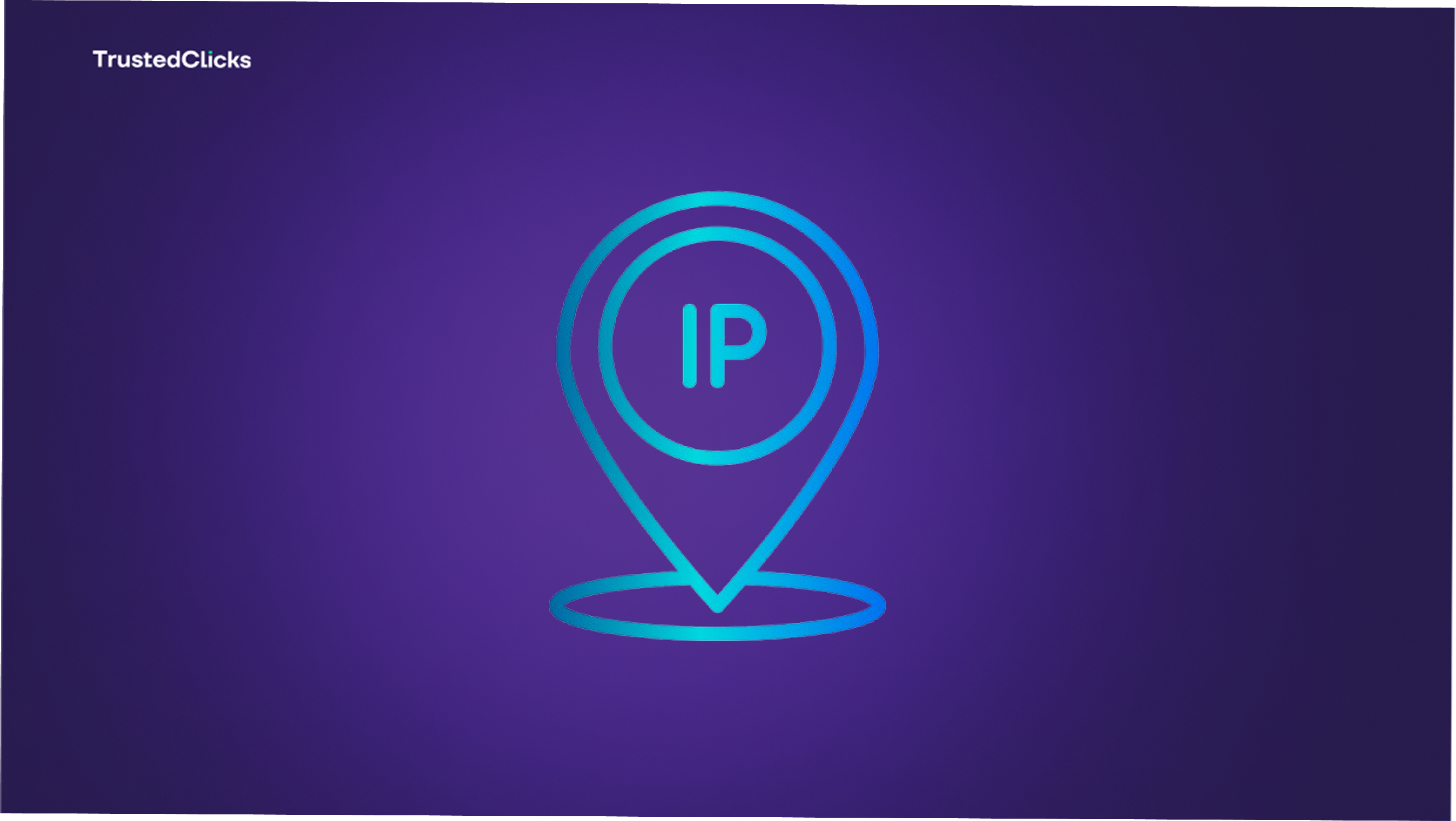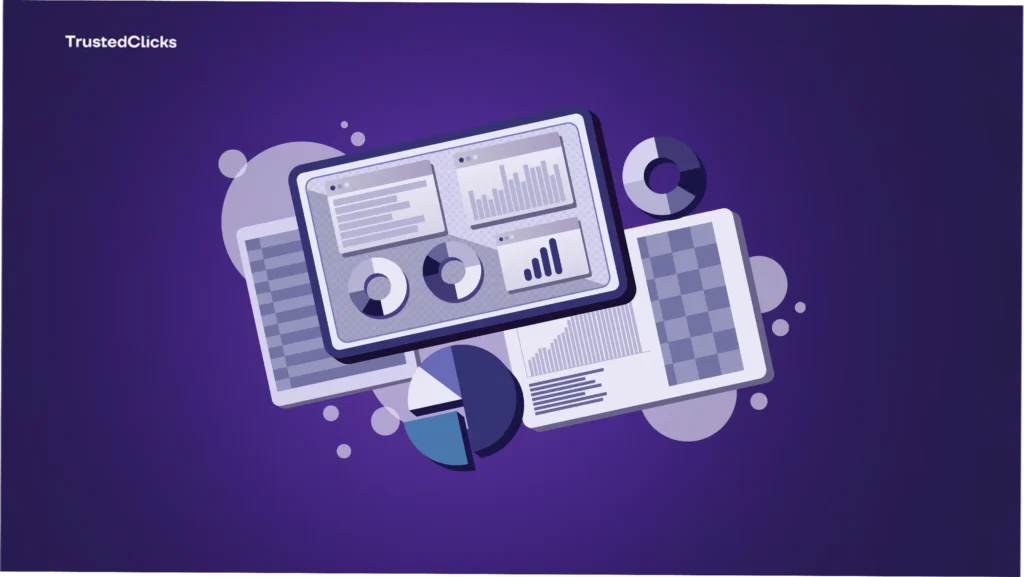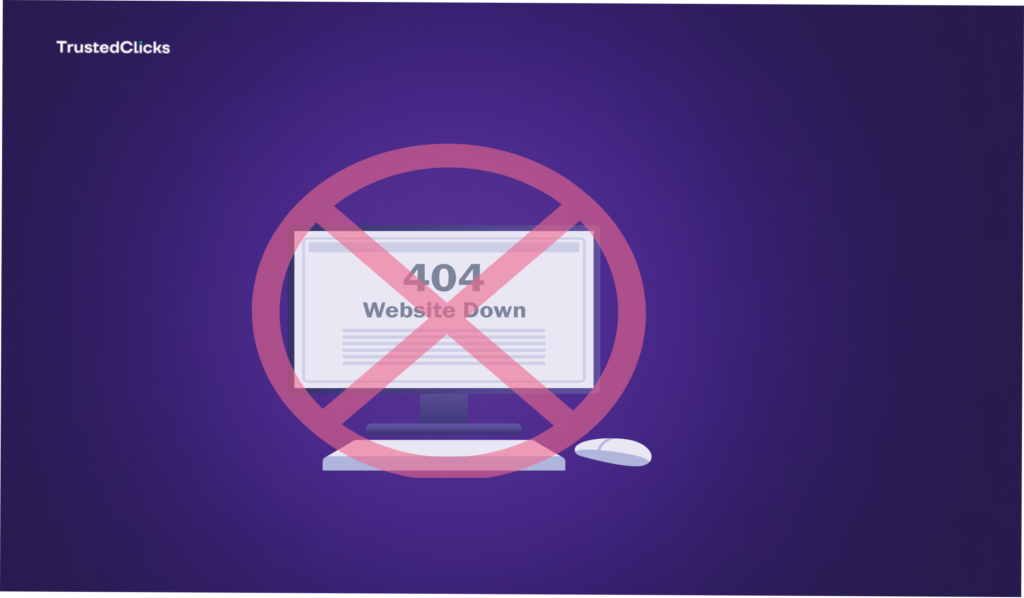- E-Commerce Security, Affiliate marketing
IP Quality Score Is The Silent Metric That Could Make or Break Your Business


What Is an IP Quality Score?
At its essence, an IP quality score is a numerical assessment of how trustworthy or legitimate an IP address appears based on its behavior, history, and context. Think of it as a report card for an IP address, grading its likelihood of being tied to genuine users versus bots, fraudsters, or malicious actors. Unlike a simple risk assessment that flags danger, the IP quality score takes a broader view—evaluating not just threats but the overall reliability of an IP as a source of traffic or engagement.
This score is built from a rich tapestry of data points:
- Past Activity: Has the IP been flagged for spam, hacking attempts, or excessive login failures?
- Usage Patterns: Does it exhibit human-like behavior, or does it scream “bot” with rapid, repetitive actions?
- Reputation: Is it associated with legitimate services, or does it trace back to shady networks like VPNs or proxies?
- Context: Does the IP align with the user’s claimed identity—like matching their geolocation—or raise red flags with inconsistencies?
The result? A score that tells you whether an IP is a golden ticket to valuable insights or a ticking time bomb of fraudulent activity. It’s a metric that’s as much about opportunity as it is about defense.
Why IP Quality Score Matters More Than You Think
In an era where data is king, the quality of that data determines your kingdom’s fate. Businesses today rely on online interactions for everything—e-commerce sales, ad campaigns, customer onboarding, even internal security. But what happens when the IPs driving those interactions are unreliable? The ripple effects can be catastrophic.
Picture this: You’re running a thriving online store, and your latest marketing campaign is raking in clicks. Your analytics dashboard lights up with impressive numbers—until you realize half that traffic comes from bots with low IP quality scores, inflating your stats and draining your ad budget. Or imagine a fintech platform onboarding new users, only to discover that high-risk IPs with poor quality scores are behind a wave of account fraud, costing you millions in losses. These aren’t hypotheticals—they’re real-world scenarios playing out daily.
The stakes are sky-high. A single overlooked low-quality IP can skew your data, erode customer trust, or expose you to legal and financial headaches. Conversely, prioritizing high IP quality scores can sharpen your insights, boost efficiency, and safeguard your bottom line. It’s the silent metric that separates the winners from the also-rans in the digital race.
The Hidden Impact Across Industries
The beauty of the IP quality score lies in its versatility—it’s a Swiss Army knife for modern businesses. Let’s explore how it’s quietly reshaping industries:
E-Commerce
Online retailers use IP quality scores to filter out fake purchases and protect against chargeback fraud. A high-quality IP signals a real customer; a low score might mean a stolen credit card or a bot testing your checkout system.
Digital Marketing
Marketers live by metrics, but bot-driven clicks can turn those metrics into mirages. By leaning on IP quality scores, they can ensure ad impressions and engagements come from real humans, not automated scripts, maximizing ROI.
Cybersecurity
Beyond blocking threats, IP quality scores help security teams prioritize their efforts. A low-scoring IP might not be an immediate danger but could still signal a compromised device worth watching.
Gaming
In the multiplayer gaming world, cheaters and spoofers ruin the fun. IP quality scores help platforms identify suspicious accounts—those using proxies or exhibiting odd behavior—keeping gameplay fair.
Content Delivery
Streaming services and publishers use IP quality scores to verify user authenticity, ensuring content reaches legitimate subscribers rather than pirates or freeloaders.
In each case, the IP quality score isn’t just a shield—it’s a lens, bringing clarity to a murky digital world.
The Science Behind the Score
Creating an IP quality score is equal parts art and science. It starts with data—lots of it. Providers aggregate information from global threat databases, user behavior logs, and network intelligence, painting a detailed picture of each IP’s life story. Machine learning algorithms then step in, analyzing patterns and predicting trustworthiness with uncanny precision.
For example, an IP that’s been dormant for months but suddenly spikes with activity might see its quality score dip—especially if it’s tied to a known data center rather than a residential network. Meanwhile, an IP consistently linked to verified users in a stable location might earn a top-tier score. The system isn’t static, either—it evolves with every new interaction, adapting to emerging trends and threats.
But it’s not foolproof. False positives (marking a good IP as low-quality) or false negatives (missing a sneaky bad actor) can slip through. That’s why the best IP quality scoring systems incorporate human oversight and continuous refinement, striking a balance between automation and intuition.
The Business Case: Success or Survival?
Ignoring IP quality scores isn’t just a missed opportunity—it’s a gamble with your business’s future. Consider the numbers: Click fraud alone costs advertisers billions annually, while e-commerce fraud losses are projected to exceed $48 billion by 2025. These aren’t abstract risks; they’re direct hits to profitability. A low IP quality score tied to your traffic can mean wasted resources, skewed analytics, and eroded trust—each compounding the damage.
On the flip side, embracing this metric unlocks a competitive edge. Businesses that filter out low-quality IPs see cleaner data, better customer experiences, and stronger defenses. It’s not just about avoiding the bad—it’s about amplifying the good. A high IP quality score becomes a signal of reliability, a badge of honor in a digital ecosystem riddled with noise.
Looking Ahead: The Future of IP Quality Scores
As we hurtle deeper into 2025, the IP quality score is set to evolve. The shift to IPv6, with its near-infinite address space, will demand even smarter scoring systems to keep pace. Artificial intelligence will push the boundaries further, predicting IP quality not just from past behavior but from subtle, forward-looking cues—like emerging botnet signatures or regional cybercrime trends.
Privacy will also loom large. As users demand more control over their digital footprints, IP quality scoring must navigate a tightrope—delivering value without crossing into surveillance territory. Transparent, ethical use of this metric will be key to its longevity.
Final Words: The Metric That Whispers Wisdom
In the cacophony of modern business metrics, the IP quality score is a quiet whisper—one that speaks volumes if you’re willing to listen. It’s not loud or glamorous, but its impact is profound, threading through every layer of your digital strategy. Whether you’re chasing growth, fighting fraud, or simply trying to survive in a crowded market, this silent metric could be the difference between thriving and faltering. So, take a closer look at the IPs powering your world. The IP quality score isn’t just a number—it’s a compass, guiding your business toward clarity, security, and success in an unpredictable online frontier.
Table of Contents
Join our community!
Subscribe to our newsletter for the latest updates, exclusive content, and more. Don’t miss out—sign up today!
Recent Posts

Click Fraud Prevention: Safeguard Your Online Advertising Investments
- 4 mins read

The Connection Between Malicious IPs and Botnet Attacks: How to Stay Safe
- 3 mins read

The Impact of IP Fraud on Reputation: Why Prevention Is Key to Protecting Your Brand
- 8 mins read



